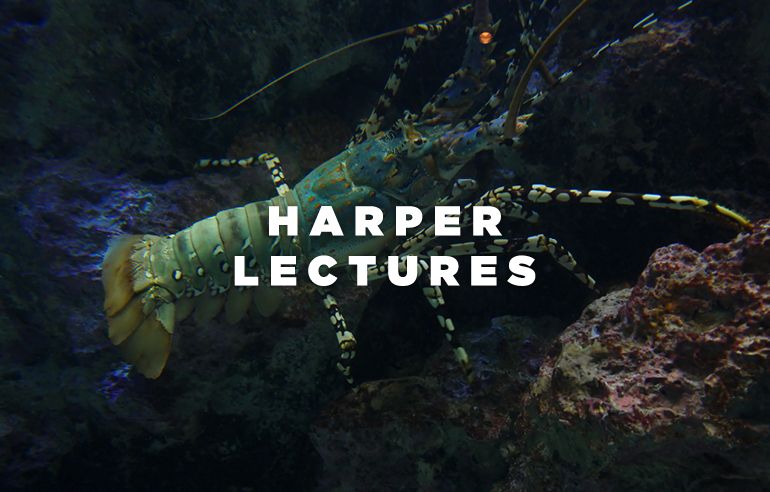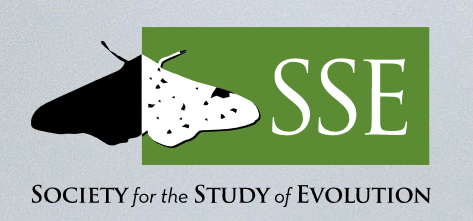Two decades ago, Bill Browne sifted through the marine filtration system at the Shedd Aquarium and found a particularly hardy crustacean that proved quite amenable to living in the lab. Bill, Matthias Gerberding, and Alivia Price began the initial studies of its embryogenesis, and In the years since, the amphipod crustacean Parhyale hawaiensis has been used in many developmental studies, often in comparison to other arthropods such as Drosophila, in order to understand how body patterning and genes evolve. Today, the Parhyale community has grown to span the globe, and research in Parhyale spans from physiology and embryology to genomics and evolution. In a review out now in Wiley Interdisciplinary Reviews: Developmental Biology, we summarize (nearly) all of the published work on Parhyale to date, and highlight two case studies — body plan evolution and regeneration — where work in Parhyale has made a particularly large impact on our understanding of evolutionary biology.
Check out the review, available to all through an open-access license, at this link!

